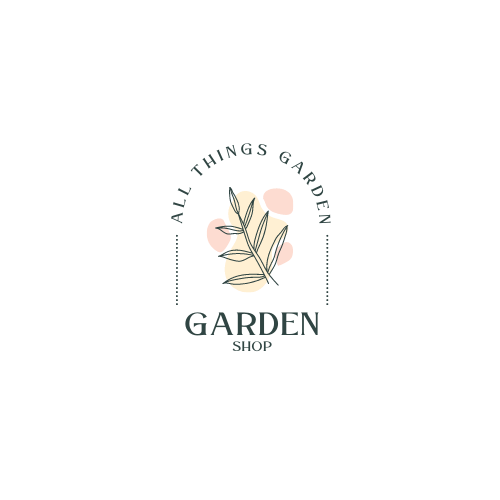“Garden Pests: Your Worst Enemies”
Your garden is a sanctuary of beauty, hard work, and growth. But, lurking in the foliage and beneath the soil, there are adversaries that can turn your gardening dreams into a nightmare. We’re talking about garden pests, the uninvited guests who can wreak havoc on your plants and disrupt the harmony of your green haven. In this article, we’ll introduce you to some of your worst garden enemies, how to identify them, and methods to defend your garden against their destructive tendencies.
1. Aphids (Aphidoidea)
Aphids are tiny, soft-bodied insects that feed on the sap of plants. They reproduce rapidly and can quickly infest your garden. Look for clusters of small, pear-shaped insects on the undersides of leaves. Aphids can cause wilting, yellowing, and curling of leaves.
2. Slugs and Snails (Gastropoda)
Slugs and snails are notorious for their appetite for young, tender plants. These slimy creatures feed on leaves, leaving behind ragged holes and damage. They are active during the night and on damp days, making them challenging to spot.
3. Caterpillars
Caterpillars, the larval stage of moths and butterflies, can devour foliage, flowers, and fruits. While some caterpillars are harmless, others, like the tomato hornworm, can cause significant damage. Look for leaf-chomping and frass (insect droppings) as signs of their presence.
4. Deer
Deer are charming, graceful creatures, but in your garden, they can be destructive herbivores. They feed on a variety of plants and can quickly strip your garden of its beauty. Fencing is often the most effective way to keep them at bay.
5. Rabbits
These small mammals have a voracious appetite for garden plants. They nibble on tender shoots and can severely damage your garden. Installing rabbit-proof fencing is a common defense.
6. Whiteflies (Aleyrodidae)
Whiteflies are tiny, white insects that resemble moths. They feed on the undersides of leaves, sucking out plant juices. Their feeding can lead to yellowing, stunted growth, and the transmission of plant diseases.
7. Japanese Beetles (Popillia japonica)
Japanese beetles are known for their voracious appetite and the damage they inflict on a wide range of plants. They leave skeletonized leaves in their wake and can be particularly destructive during their summer feeding frenzy.
Defense Strategies
Companion Planting: Some plants naturally repel pests. Consider planting marigolds, chrysanthemums, or garlic near susceptible plants.
Handpicking: For larger pests like caterpillars, slugs, and snails, handpick them off your plants and dispose of them.
Beneficial Insects: Encourage beneficial insects like ladybugs, lacewings, and parasitic wasps, which feed on garden pests.
Natural Predators: Attract birds, frogs, and toads to your garden, as they are natural predators of many pests.
Row Covers: Use row covers to protect your plants from pests like aphids and whiteflies.
Organic Sprays: Consider using organic insecticidal soaps or neem oil to control garden pests.
Remember, in the battle against garden pests, it’s essential to strike a balance. While you want to protect your plants, it’s also crucial to maintain a healthy ecosystem in your garden. By identifying your worst garden enemies and employing effective defense strategies, you can preserve the beauty and vitality of your garden, ensuring it remains the sanctuary you’ve worked so hard to create.




